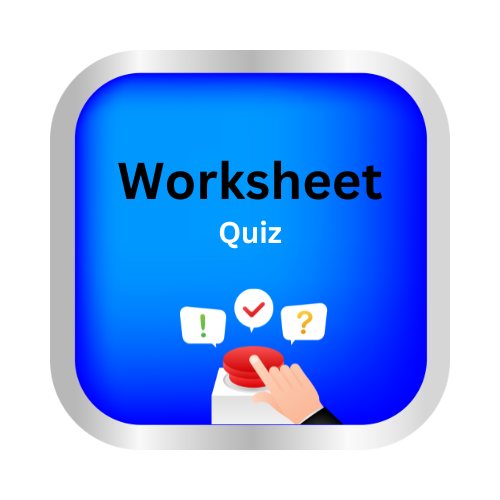Compare Characterstics
Key Notes :
Characteristics of Living Things
- Growth and Development:
- Definition: The process by which living organisms increase in size and mature over time.
- Example: Plants grow from seeds to trees, and animals grow from babies to adults.
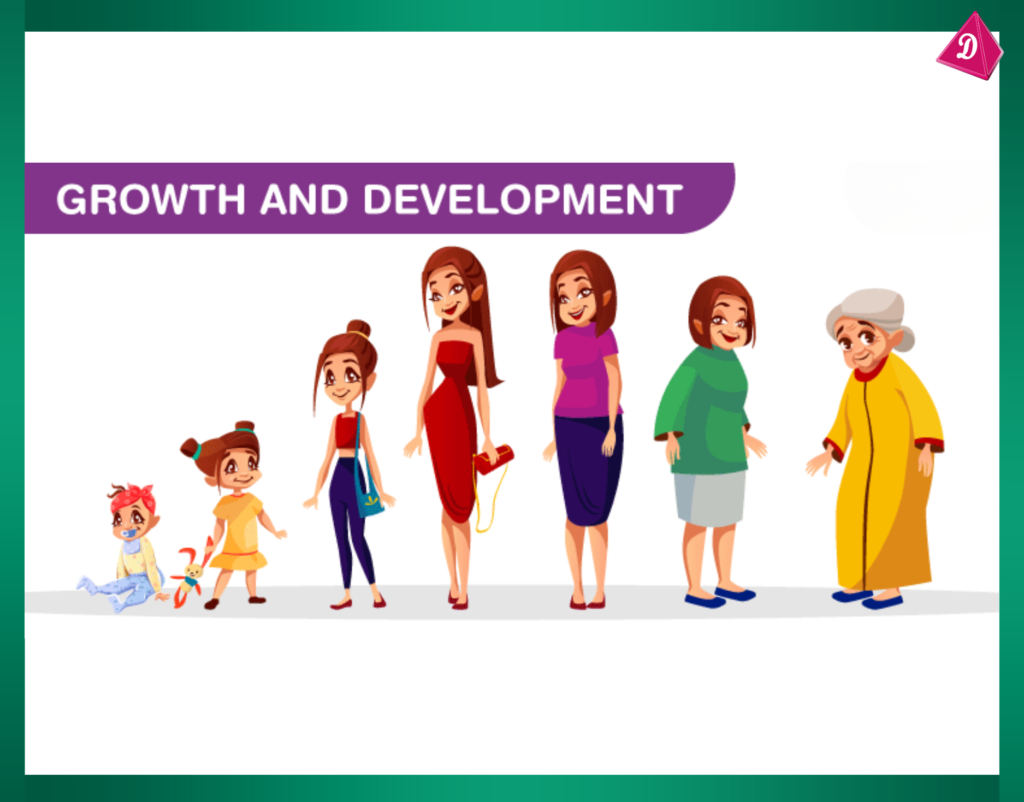
- Reproduction:
- Definition: The biological process by which new individual organisms are produced.
- Example: Plants reproduce through seeds, and animals reproduce by giving birth or laying eggs.

- Respiration:
- Definition: The process by which living organisms take in oxygen and release carbon dioxide to produce energy from food.
- Example: Humans breathe in oxygen and exhale carbon dioxide, while plants take in carbon dioxide and release oxygen during photosynthesis.
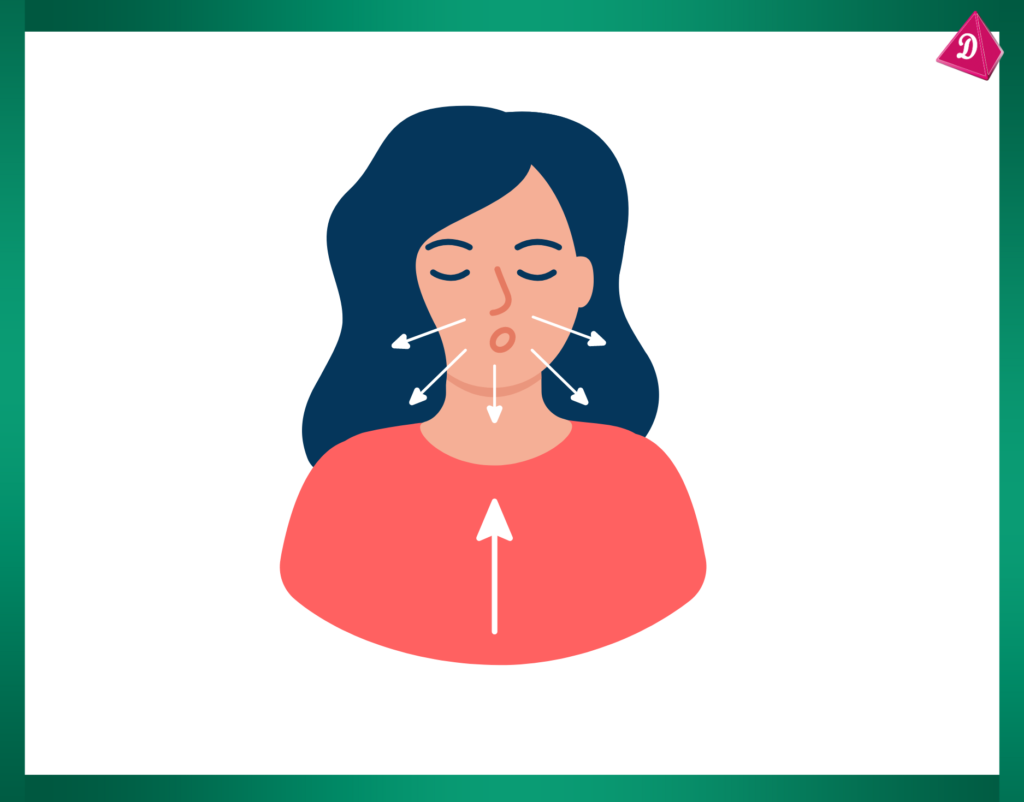
- Response to Stimuli:
- Definition: The ability of living organisms to respond to changes in their environment.
- Example: Plants grow towards light (phototropism), and animals may move away from danger or toward food.

- Metabolism:
- Definition: The set of life-sustaining chemical reactions in organisms to convert food into energy and build tissues.
- Example: Digestion and cellular respiration in animals, photosynthesis in plants.

- Movement:
- Definition: The ability to change position or travel from one location to another.
- Example: Animals can walk, fly, or swim, while plants may show movement in growth patterns, like roots growing towards water.
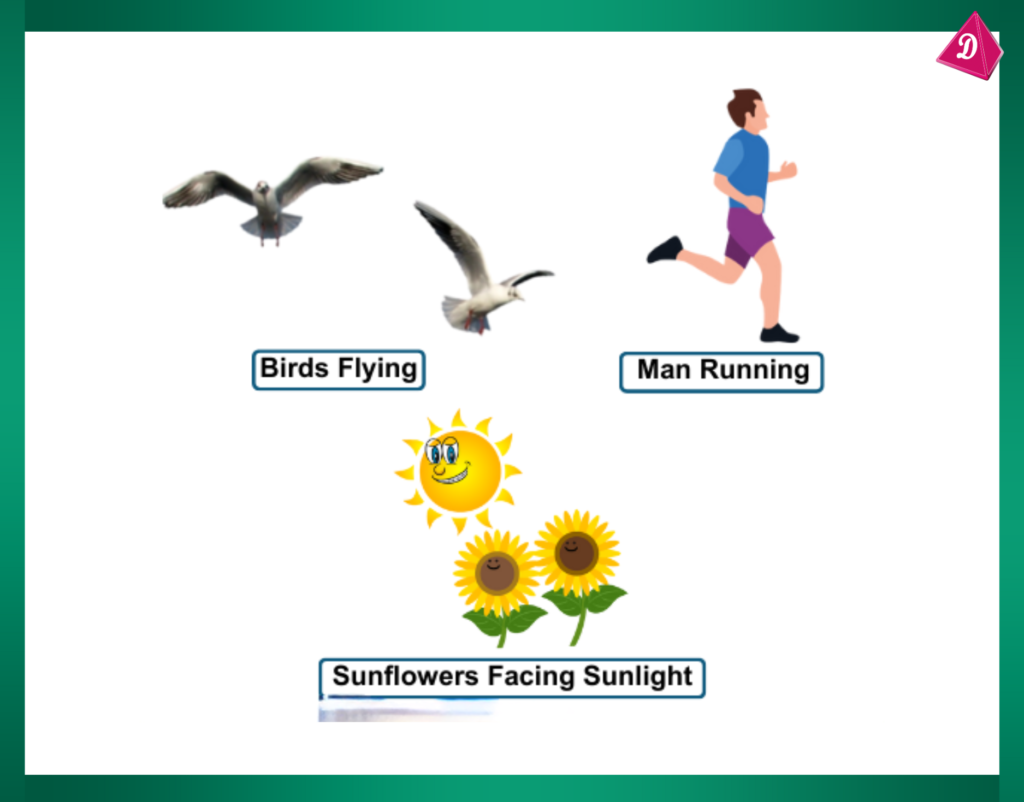
- Excretion:
- Definition: The process of removing waste products from the body.
- Example: Animals excrete waste through systems like kidneys, while plants release oxygen as a byproduct of photosynthesis.
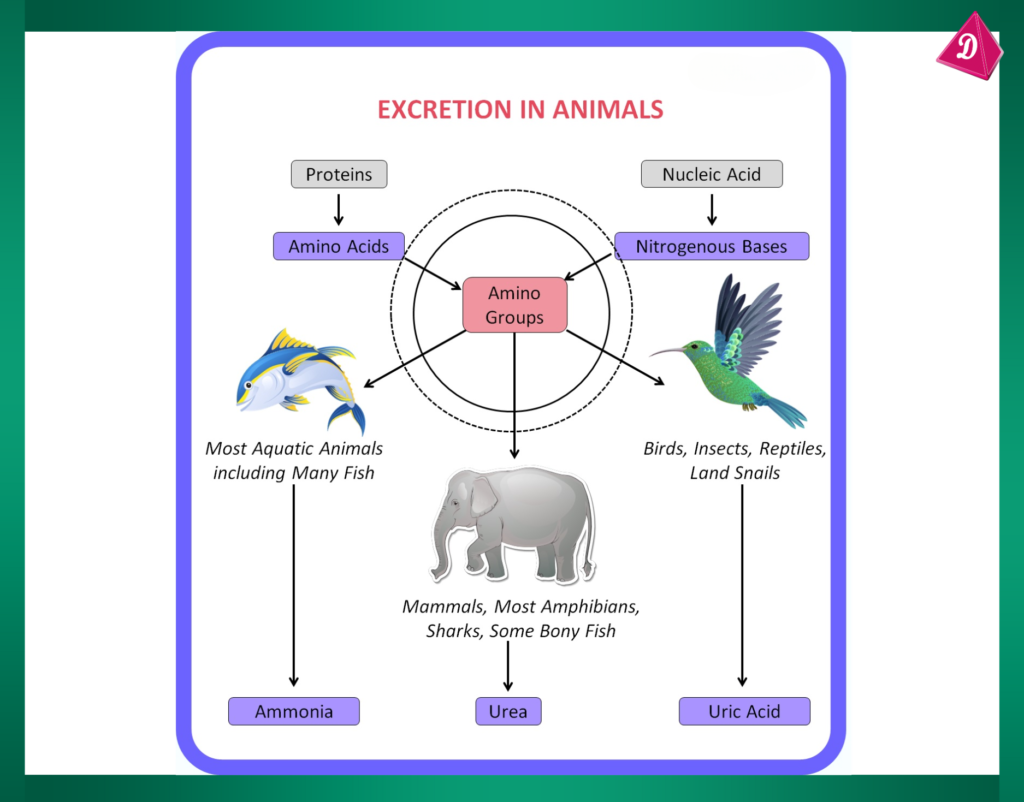
- Nutrition:
- Definition: The process by which living organisms take in and utilize food substances.
- Example: Plants make their food through photosynthesis, while animals consume plants or other animals for energy.
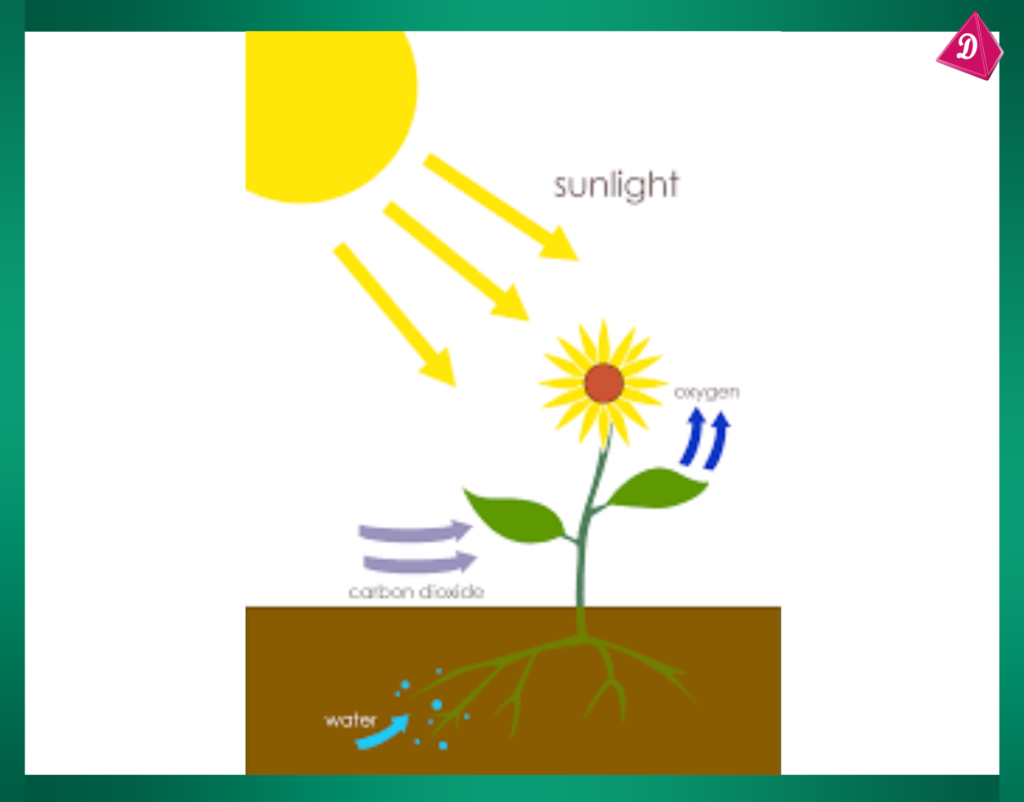
Characteristics of Non-Living Things
- No Growth:
- Definition: Non-living things do not increase in size or undergo development.
- Example: A rock remains the same size and shape unless physically altered.
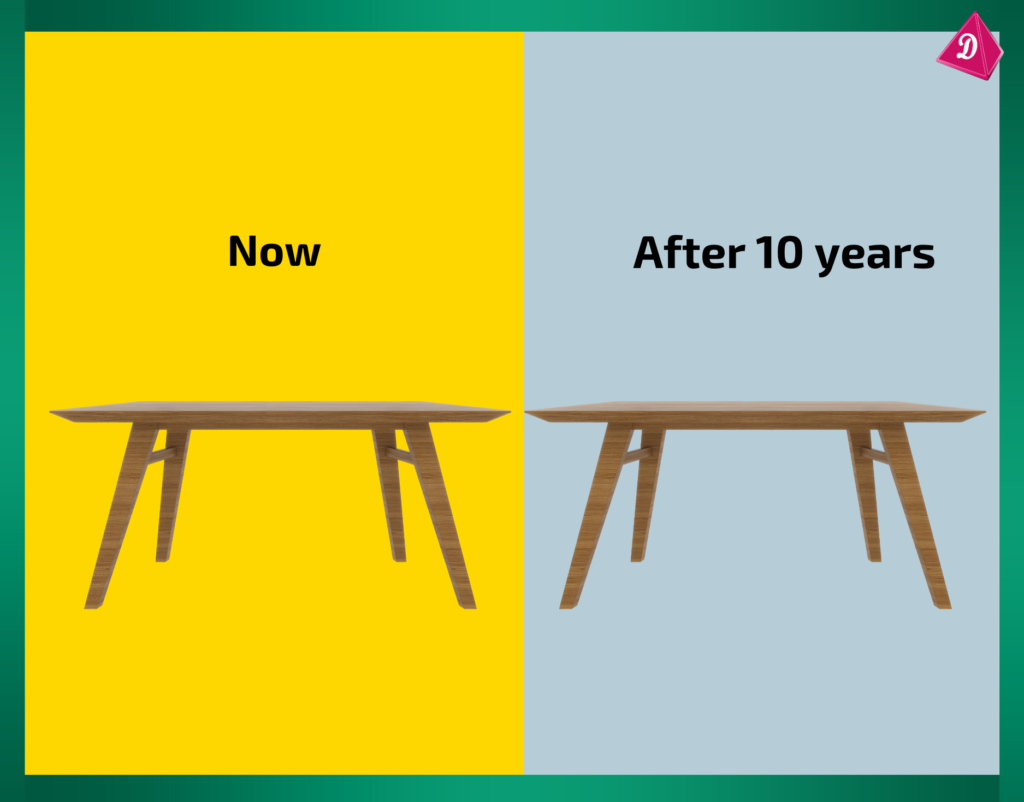
- No Reproduction:
- Definition: Non-living things cannot produce offspring.
- Example: A chair does not create new chairs.
- No Respiration:
- Definition: Non-living things do not need to breathe or produce energy.
- Example: A book does not require oxygen.
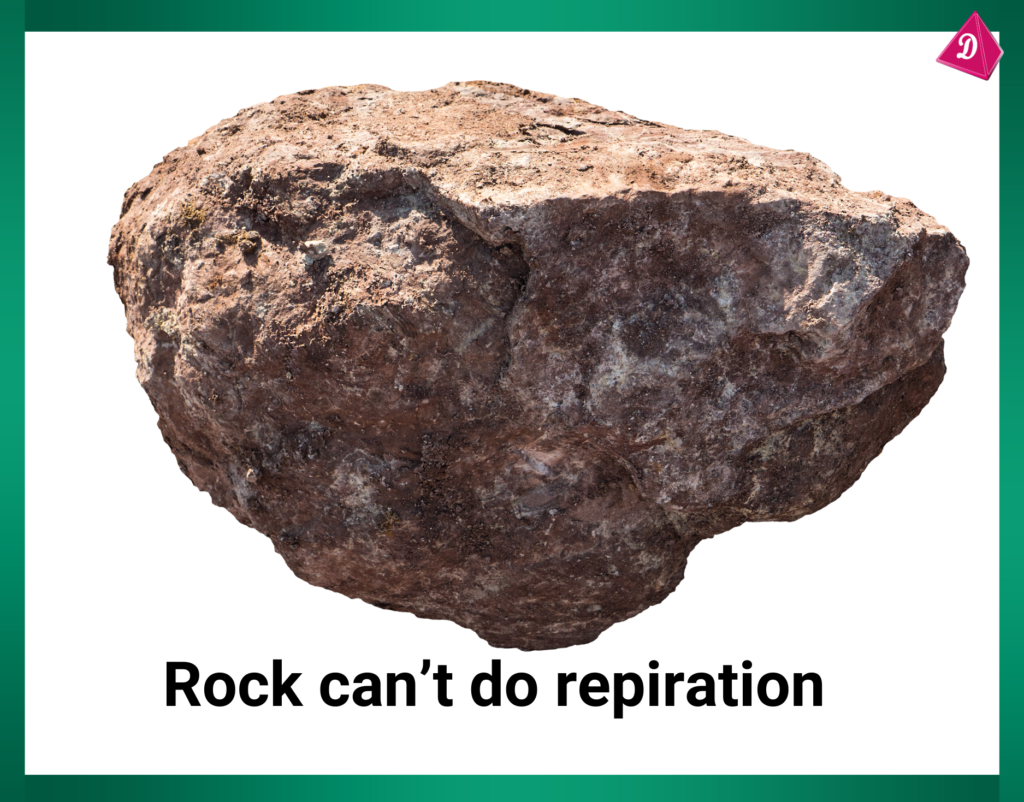
- No Response to Stimuli:
- Definition: Non-living things do not react to environmental changes.
- Example: A table does not move towards light.
- No Metabolism:
- Definition: Non-living things do not have biochemical processes to convert food into energy.
- Example: A car does not digest food or convert it into energy.
- No Movement:
- Definition: Non-living things do not move by themselves.
- Example: A building stays in one place unless moved by an external force.
- No Excretion:
- Definition: Non-living things do not remove waste products.
- Example: A stone does not excrete substances.
- No Nutrition:
- Definition: Non-living things do not need food or energy to sustain themselves.
- Example: A pencil does not eat or grow.
Comparison
- Living Things: Exhibit growth, reproduction, respiration, response to stimuli, metabolism, movement, excretion, and nutrition.
- Non-Living Things: Do not exhibit these characteristics and remain unchanged unless acted upon by external forces.

Let’s practice!

